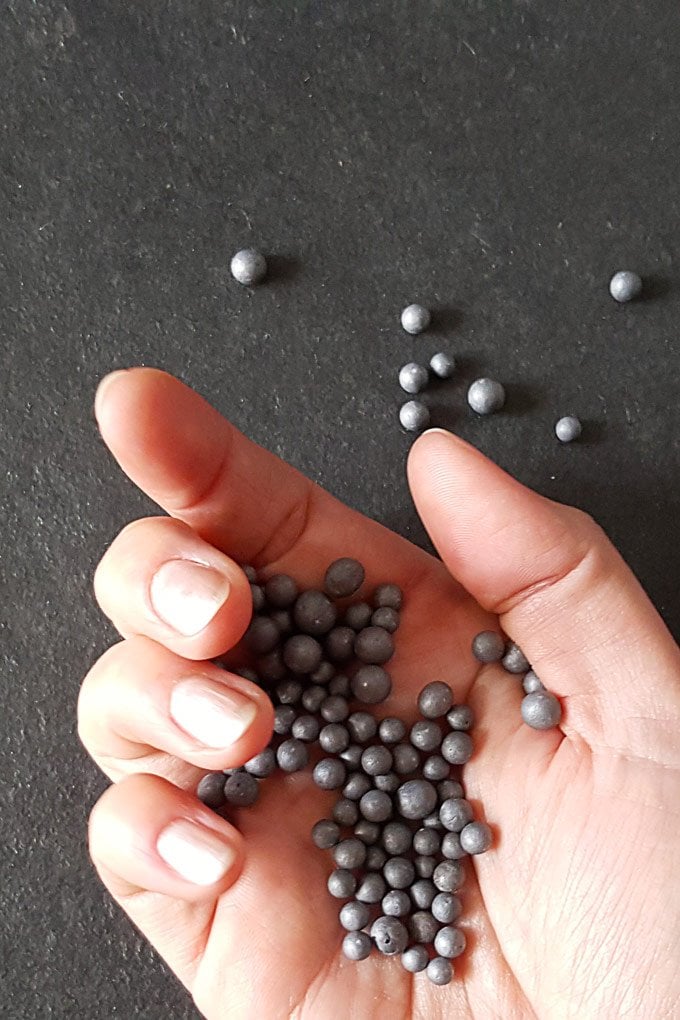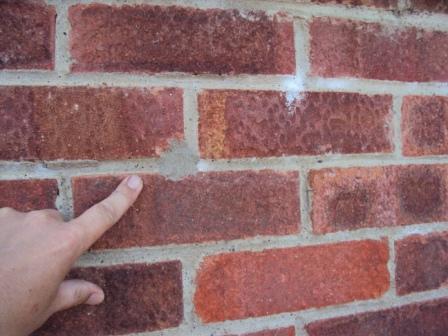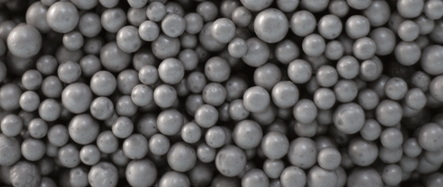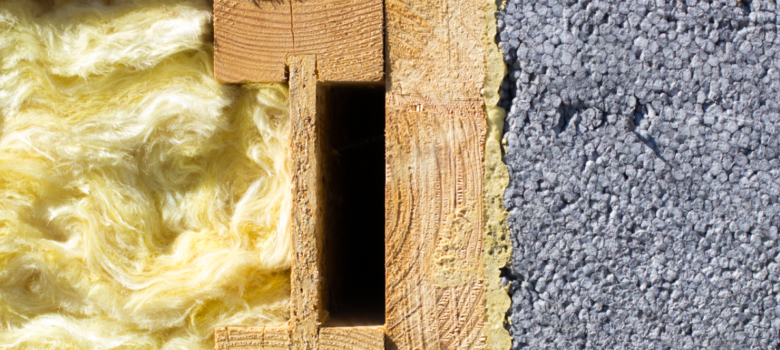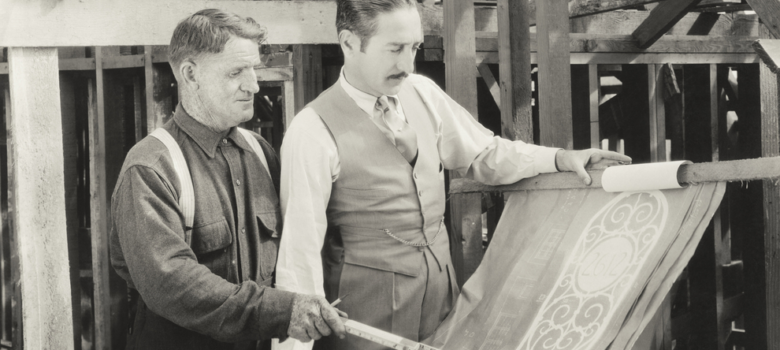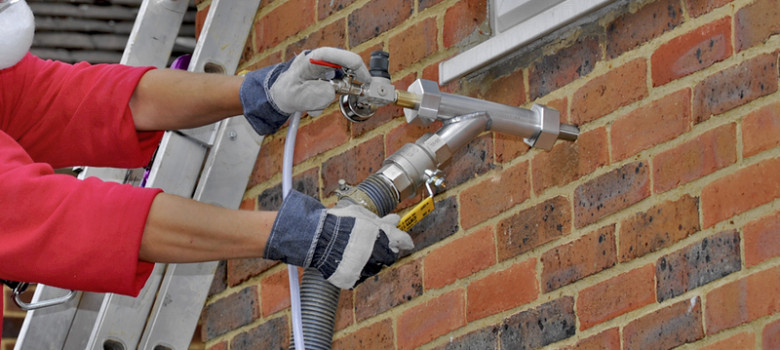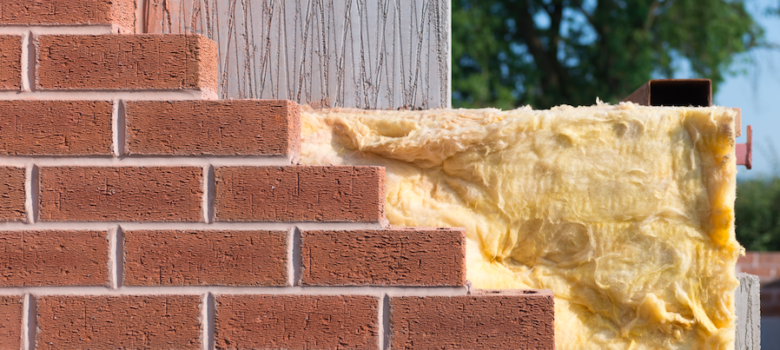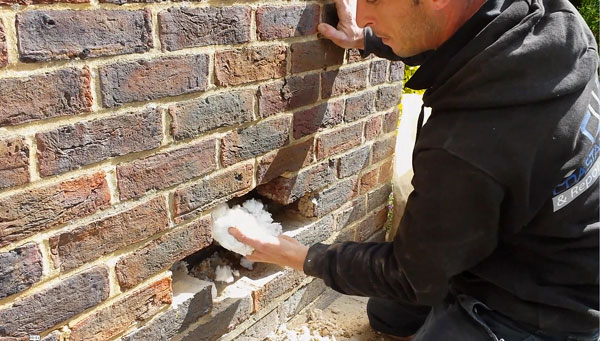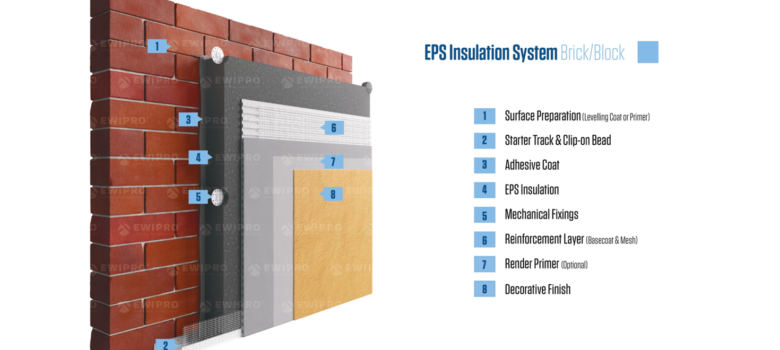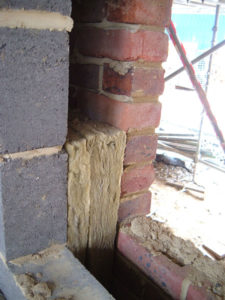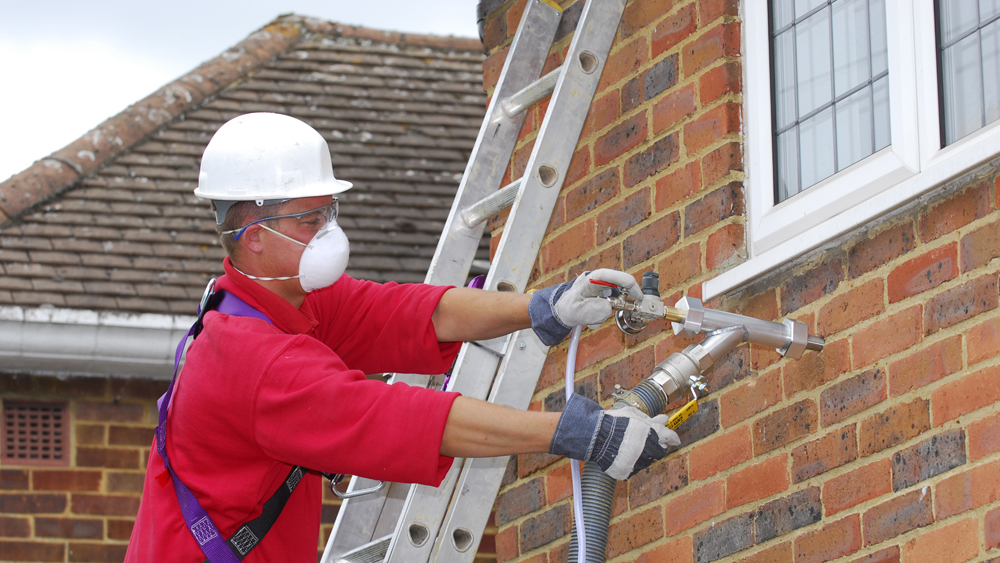Cavity Wall Insulation Polystyrene Beads Problems

The next of the cavity wall insulation problems i m going to cover is.
Cavity wall insulation polystyrene beads problems. When we went undercover to investigate the quality of insulation suitability inspections in 2011 our findings suggested that you can t always rely on assessors to carry out thorough inspections or warn of potential damp problems even those from big brands such as marks spencer npower and tesco. Find out if your home s likely to be affected. There are two other materials commonly used for cavity wall insulation bonded polystyrene beads and foam. Experts now claim that while the cavity wall insulation was incorrectly fitted in some cases it was unsuitable in other properties and should never have been offered at all.
Neither material is used as widely as mineral wool fibre because of cost. Problems are therefore extremely rare but if they do occur ciga has the expertise to ensure that they are swiftly rectified. Eps expanded polystyrene beads and polyurethane foam are the most commonly used these days and with good reason. Independent research has confirmed that cavity wall insulation is a very reliable process.
Coincidentally this issue also tends to affect houses that have been retrofitted with blown in fibre insulation such as mineral wool and fibreglass wool more than houses treated with eps expanded polystyrene beads. In 2015 thermal imaging company irt surveyed 250 000 properties with cavity wall insulation and found problems in half the homes. Similarly if your cavity walls were wrongly insulated this could cause you problems down the line. Cavity wall insulation can cause damp.


